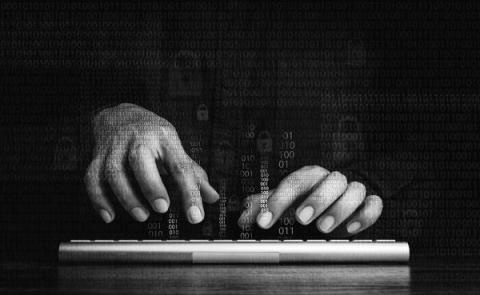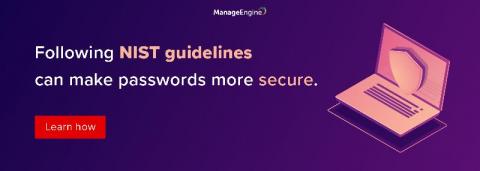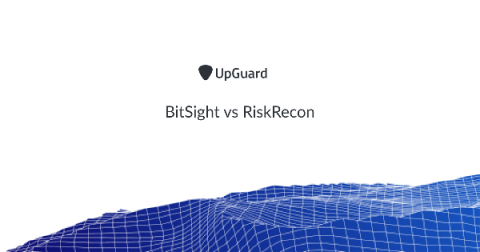Whatever happened to cryptojacking?
A couple of years ago it felt like you couldn’t turn your head in any direction without seeing another headline about cryptomining and – its more evil sibling – cryptojacking. Countless websites were hijacked, and injected with cryptocurrency-mining code designed to exploit the resources of visiting computers. Victims included the likes of the LA Times, and political fact-checking website Politifact.










